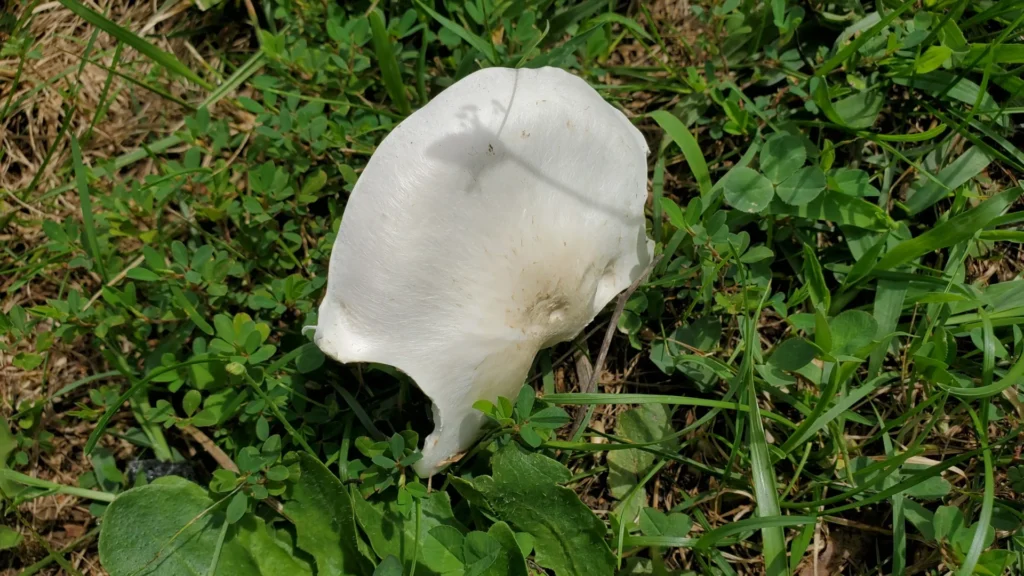Researchers from Yale University discovered a fungus called Pestalotiopsis microspora, which can break down polyurethane, a durable plastic widely used. This fungus does not require other nutrients and can survive on plastic as its only carbon source, even in places without oxygen.
That’s significant because plastic waste mostly ends up in landfills where oxygen is scarce and decomposition nearly impossible. The fungus’s ability to convert plastic into harmless organic compounds makes this finding even more impressive.
Digesting polyurethane, it secretes enzymes that break the plastic’s tough molecular bonds. This process, known as bioremediation, opens new possibilities for sustainable plastic disposal using natural organisms.
Scientists believe this fungus could one day help clean up polluted environments, although scaling the process for industrial use still requires more research. Meanwhile, designer Katharina Unger took this innovation a step further by turning the plastic-eating mushroom into a potential food source.
In collaboration with Utrecht University and Julia Kaisinger of LIVIN Studio, she developed an edible prototype called Fungi Mutarium. The design uses agar, a seaweed-based gelatin, to create pods that contain both plastic waste and fungus.
Inside the pod, the mushroom gradually consumes the plastic and grows into a puffy edible form. The entire process takes a few months and results in a fungus cup that can be filled with food or eaten directly.
According to Unger, the flavor of the fungus varies by strain and has been described as sweet or like licorice. The project also includes futuristic cutlery designed to enhance the experience of eating this unusual meal. While Fungi Mutarium remains a prototype, it introduces the bold concept of transforming trash into a possible food source through fungal digestion.












